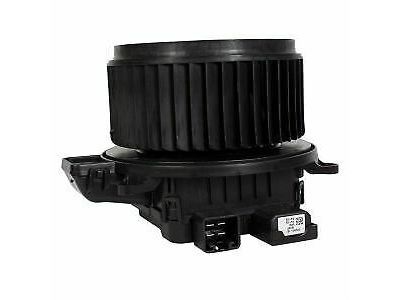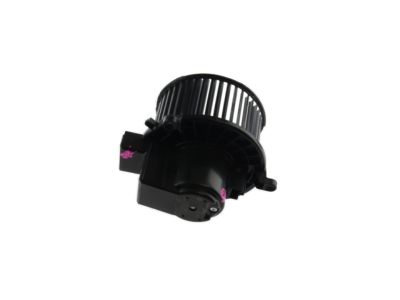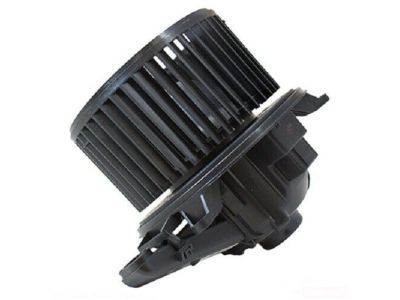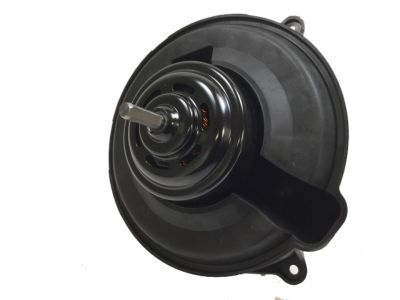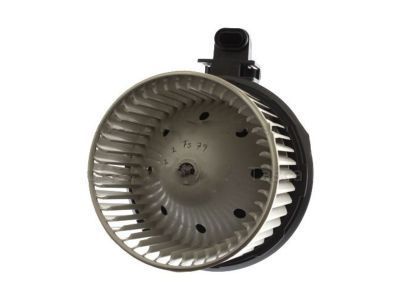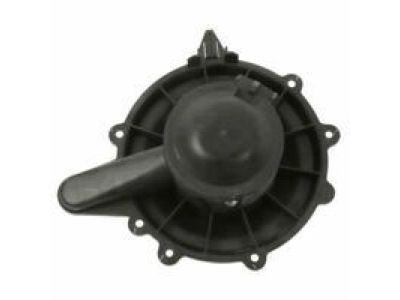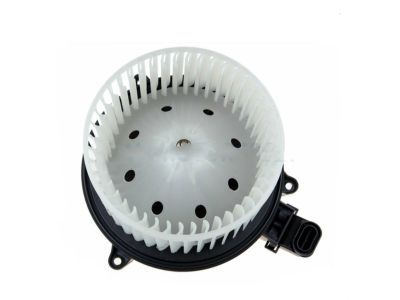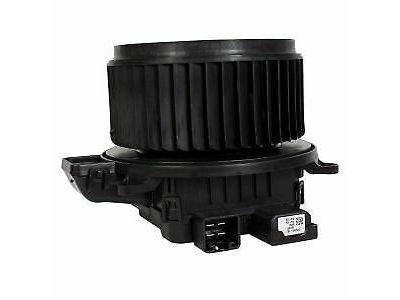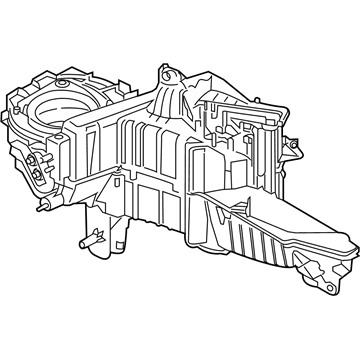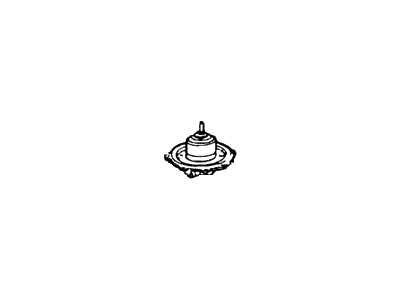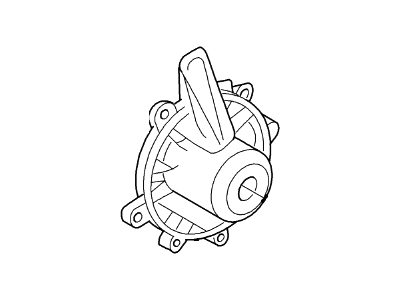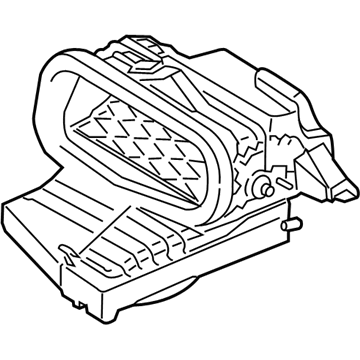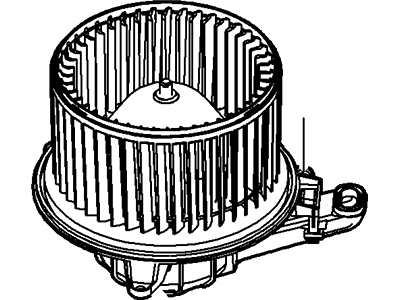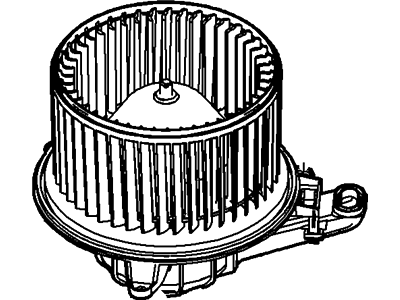×
- Live Chat
- 1-888-788-9341


My Garage
My Account
Cart
Genuine Ford Expedition Blower Motor
A/C Heater Blower Motor- Select Vehicle by Model
- Select Vehicle by VIN
Select Vehicle by Model
orMake
Model
Year
Select Vehicle by VIN
For the most accurate results, select vehicle by your VIN (Vehicle Identification Number).
18 Blower Motors found
Ford Expedition FAN AND MOTOR ASY
Part Number: FL3Z-19805-E$209.28 MSRP: $349.09You Save: $139.81 (41%)Ships in 1 Business DayFord Expedition Fan And Motor Assembly
Part Number: 7L1Z-19805-B$83.49 MSRP: $138.00You Save: $54.51 (40%)Ships in 1-2 Business DaysFord Expedition Fan And Motor Assembly
Part Number: CL1Z-19805-A$220.18 MSRP: $367.27You Save: $147.09 (41%)Ford Expedition Motor Assembly - Blower
Part Number: 6L1Z-19805-B$86.79 MSRP: $143.45You Save: $56.66 (40%)Ships in 1-2 Business DaysFord Expedition Fan And Motor Assembly
Part Number: 7L1Z-19805-D$80.74 MSRP: $133.45You Save: $52.71 (40%)Ships in 1-2 Business DaysFord Expedition Fan And Motor Assembly
Part Number: JL1Z-19805-AA$186.39 MSRP: $310.91You Save: $124.52 (41%)Ships in 1-2 Business DaysFord Expedition Fan And Motor Assembly
Part Number: AL1Z-19805-B$220.18 MSRP: $367.27You Save: $147.09 (41%)Ships in 1 Business DayFord Expedition Fan And Motor Assembly
Part Number: FL3Z-19805-C$209.28 MSRP: $349.09You Save: $139.81 (41%)Ships in 1 Business DayFord Expedition EVAPORATOR ASY
Part Number: HL3Z-19850-GK$539.01 MSRP: $795.00You Save: $255.99 (33%)Ships in 1-2 Business DaysFord Expedition Motor - Cooling Blower
Part Number: XL7Z-19805-EA$91.38 MSRP: $156.00You Save: $64.62 (42%)Ford Expedition Motor - Cooling Blower
Part Number: F85Z-19805-CA$92.49 MSRP: $156.00You Save: $63.51 (41%)Ford Expedition Motor Assembly - Blower
Part Number: 6L1Z-19805-A$71.83 MSRP: $118.73You Save: $46.90 (40%)Ships in 1-2 Business DaysFord Expedition Motor - Cooling Blower
Part Number: 2L7Z-19805-CA$71.83 MSRP: $118.73You Save: $46.90 (40%)Ships in 1-2 Business DaysFord Expedition Air Duct
Part Number: HL3Z-19A618-AC$55.08 MSRP: $85.00You Save: $29.92 (36%)Ships in 1-3 Business DaysFord Expedition EVAPORATOR ASY
Part Number: NL3Z-19850-E$261.21 MSRP: $471.67You Save: $210.46 (45%)Ships in 1-2 Business Days
Ford Expedition Blower Motor
The Blower Motor in Ford Expedition vehicles is an important HVAC part, whose role is to regulate the rate at which air enters the car's interior. Control of the Blower Motor quantity prevents condensation of fog & wen drivers feels very cold or hot they can regulate the temperature within the vehicles. Usually wired to a control module, the Blower Motor controls are literally identified as being conveniently located and grouped closely. Besides, problems with the electronic module or wiring can cause certain failures and this will make it difficult for one to control the heating and air conditioning installed in the car. In such circumstances, the symptoms are very conspicuous, thus warranting immediate action to enhance the performance of the Blower Motor, especially to consumers.
We provide a wide range of Ford Expedition Blower Motor at the best prices possible. If you need Ford Expedition Blower Motor, you can shop with confidence on our website. All our OEM parts come with a manufacturer's warranty and are delivered to your door step with a fast delivery service.
Ford Expedition Blower Motor Parts Questions & Experts Answers
- Q: How to remove and replace a blower motor in a Ford Expedition?A: Disconnect the blower motor's electrical connector. Remove the motor cover screws and separate the cover from the motor. Remove the motor mounting screws and lower the motor out of the housing. If replacing, transfer the fan wheel to the new motor by removing the clip and pushing the nut onto the shaft. For Expedition and Navigator models with a console blower motor, remove the braces from under the console, the blower duct, and the duct covers. Disconnect the electrical connector and remove the bolts to remove the motor. Some models have a rear heat/air blower behind the left-rear interior trim panel.
- Q: How to diagnose and fix a blower motor problem in a Ford Expedition?A: First, check the fuse and all connections in the circuit for looseness and corrosion, ensuring the battery is fully charged. With the transmission in Park and the parking brake securely set, turn the ignition switch to the On position without starting the vehicle. Switch the heater controls to FLOOR and the blower speed to HI, listening for the blower operation. Switch to LO and listen again, trying all speeds. The blower motor resistor assembly is located on the blower motor housing under the right side of the dash. This has three resistor elements to provide low and medium blower speeds, and a thermal limiter resistor to prevent heat damage. If the thermal limiter circuit has been opened due to excessive heat, it should only be replaced with an identical part. With the resistor removed, visually inspect the limiter for damage. Check the resistor block for continuity between terminals, with resistances as specified. If these values are not met, replace the blower resistor. Locate the electrical connector at the blower motor and backprobe the brown/orange wire terminal, there should be at least 10 volts if the switch is not Off and the ignition is On. If not, there is a circuit problem. If there is voltage but the blower does not operate, backprobe the orange/black wire and connect it to a known good chassis ground. If the blower now operates there is a problem in the ground circuit. If it still doesn't operate, replace the blower motor. If the blower operates, but not at all speeds and the blower resistor has been checked, disconnect the electrical connector from the back of the blower speed switch and test the terminals for continuity, replacing the switch if the continuity is not as described. Locate the blower motor relay in the relay box under the center dash panel. Connect an ohmmeter to terminal 85, there should be resistance greater than 5 ohms between that pin and all others. Energize the relay with jumper wires applied to terminals 30 and 85. Connect a voltmeter to chassis ground and probe pin 87A with the positive lead of the voltmeter. Voltage should be greater than 10 volts. Attach another jumper from pin 86 to chassis ground and use the voltmeter to check for 10 volts or better voltage at pin 87. If the relay fails any of these tests, replace the relay.
Related Ford Expedition Parts
Browse by Year
2024 Blower Motor 2023 Blower Motor 2022 Blower Motor 2021 Blower Motor 2020 Blower Motor 2019 Blower Motor 2018 Blower Motor 2017 Blower Motor 2016 Blower Motor 2015 Blower Motor 2014 Blower Motor 2013 Blower Motor 2012 Blower Motor 2011 Blower Motor 2010 Blower Motor 2009 Blower Motor 2008 Blower Motor 2007 Blower Motor 2006 Blower Motor 2005 Blower Motor 2004 Blower Motor 2003 Blower Motor 2002 Blower Motor 2001 Blower Motor 2000 Blower Motor 1999 Blower Motor 1998 Blower Motor
